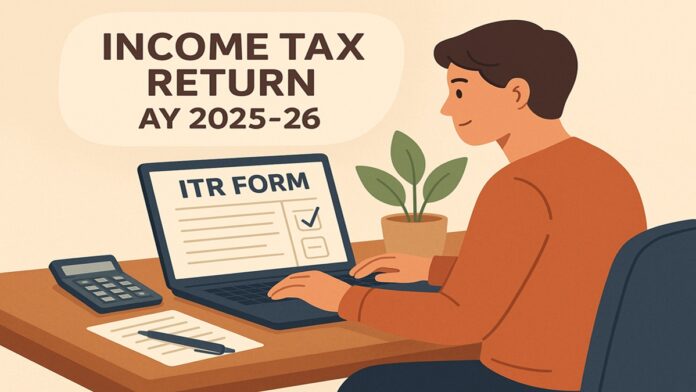ITR Filing AY 2025-26: As many as 2.47 crore income tax returns (ITRs) have been filed for the financial year 2024-25. Of these, nearly 1.14 crore returns have been processed by the Income Tax Department. Going by what we saw in the previous year, around 75% taxpayers are yet to file their returns.
Every year, many taxpayers find themselves in a fix about how to change their income tax regime, as they feel that switching could help them save money on taxes. This is especially true for salaried individuals, who are asked to choose a tax regime at the beginning of the financial year. Based on their choice, they declare their investments to their employers. At the end of the year, they are again asked to submit proof of the investments declared earlier.
Filing your tax return this year? Head to our detailed ITR Guide for everything you need to know.
Old or new? Many people want to change their tax regime while filing ITR, but they do not know exactly how to do it.
ALSO READITR Filing 2025: Slab rates, deductions, and which tax regime works best for you
The government has made the new tax regime the default from the financial year 2023-24, that is, if you do not choose anything, then your ITR will be processed according to the new regime. But the good thing is that salaried taxpayers have the option to choose the old or new regime while filing ITR.
What is the difference between the old and new regime?
The old tax regime gives you the benefit of many exemptions and deductions (like 80C, 80D, HRA, LTA etc.), while the new tax regime comes with a lower tax slab rate but almost no exemptions. That is, if you make more investments and tax savings, then the old regime can be beneficial for you, whereas if your tax savings are less, then the new regime can prove to be better.
How to change tax regime while filing ITR?
Step-by-step guide:
Select ITR form:
First of all, choose the right ITR form (like ITR-1 or ITR-2) as per your income and profile.
Go to the e-filing portal:
Login to https://www.incometax.gov.in/
Select the file new return option:
Go to the ‘e-File’
» Read More


